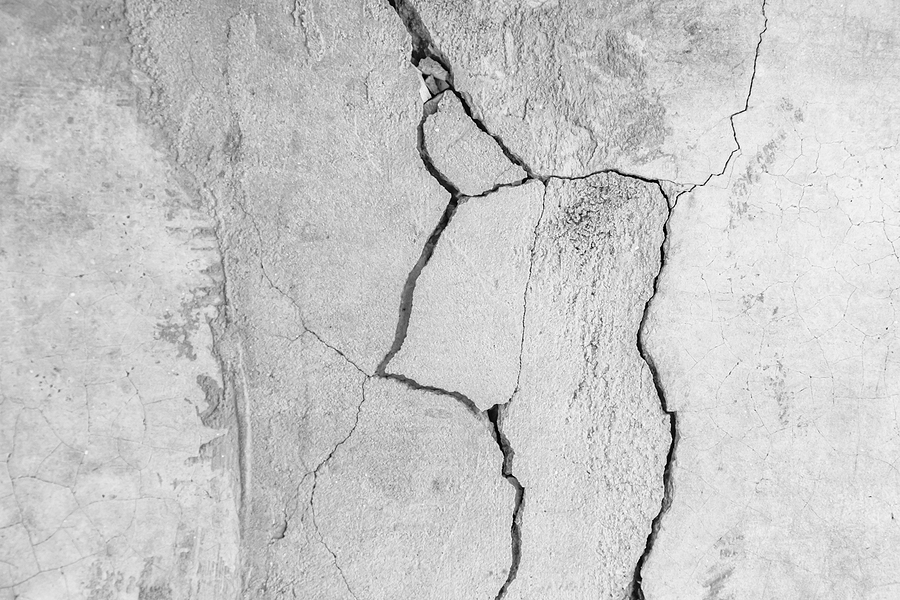Concrete is a fascinating construction material, in that it can take an immense amount of pressure in one direction but can also weaken greatly in other directions.
Because of this, concrete is naturally going to crack at some point or another. The issue is not necessarily the cracking but the nature of the crack and how it affects the durability, lifespan and structural integrity of the project made from concrete.
This, along with the increased use and long lives of certain structures is why several roads and bridges have seen the need for extensive concrete repairs over the years.
However, not all cracks are created equal. Some cracks are a sign of dangerous fundamental structural damage, but others are not, and it is vital to investigate the cause of a concrete crack before attempting repairs to ensure the repair itself helps with the underlying issues.
Here is how to determine when a crack is a sign of severe concrete damage.
What Causes Concrete Cracks
Concrete is a material that can be rather brittle. It can take incredible forces in one direction.
However when it comes to forces that pull away from it rather than push against it, as well as forces that move it in other direction, concrete is somewhat weaker and instead of stretching it will crack.
Concrete is also unique in that it does develop slightly more flexibility as it ages compared to just after it has dried. There are typically three phases of concrete:
- Plastic Concrete – Concrete that is drying or has just dried.
- Early Age Concrete – Concrete that has dried and hardened but before it has reached full strength.
- After Hardening Concrete – Concrete which has hardened and reached its full strength.
Most cracks happen early in the concrete’s life, particularly as it cools and shrinks.
Investigating A Concrete Crack
Finding out why a concrete crack has formed is an extensive process that requires looking at the surrounding structure and any other factors which would have caused tensile stresses.
Before a concrete repair is undertaken, a complete crack map is drawn, which looks at the characteristics and locations of each crack, as well as any connecting elements, such as penetrations, openings, joints and restraints.
After this, an expert will measure the lengths and widths of each crack using a crack comparator card or width measurer, and take a lot of photographs.
Active Or Dormant Crack?
The key to determining the right repair procedure is checking whether a crack is dormant or active. A dormant crack is going to remain the same width or length regardless of the surrounding conditions, whilst an active crack is likely to get bigger or longer.
Active cracks, naturally need to be repaired carefully, with flexible repair materials which can move as the crack does. A dormant crack, on the other hand, can be repaired with more rigid repair materials as it is unlikely to move.
Typically, unless you know for certain it is dormant, assume the crack is active.

